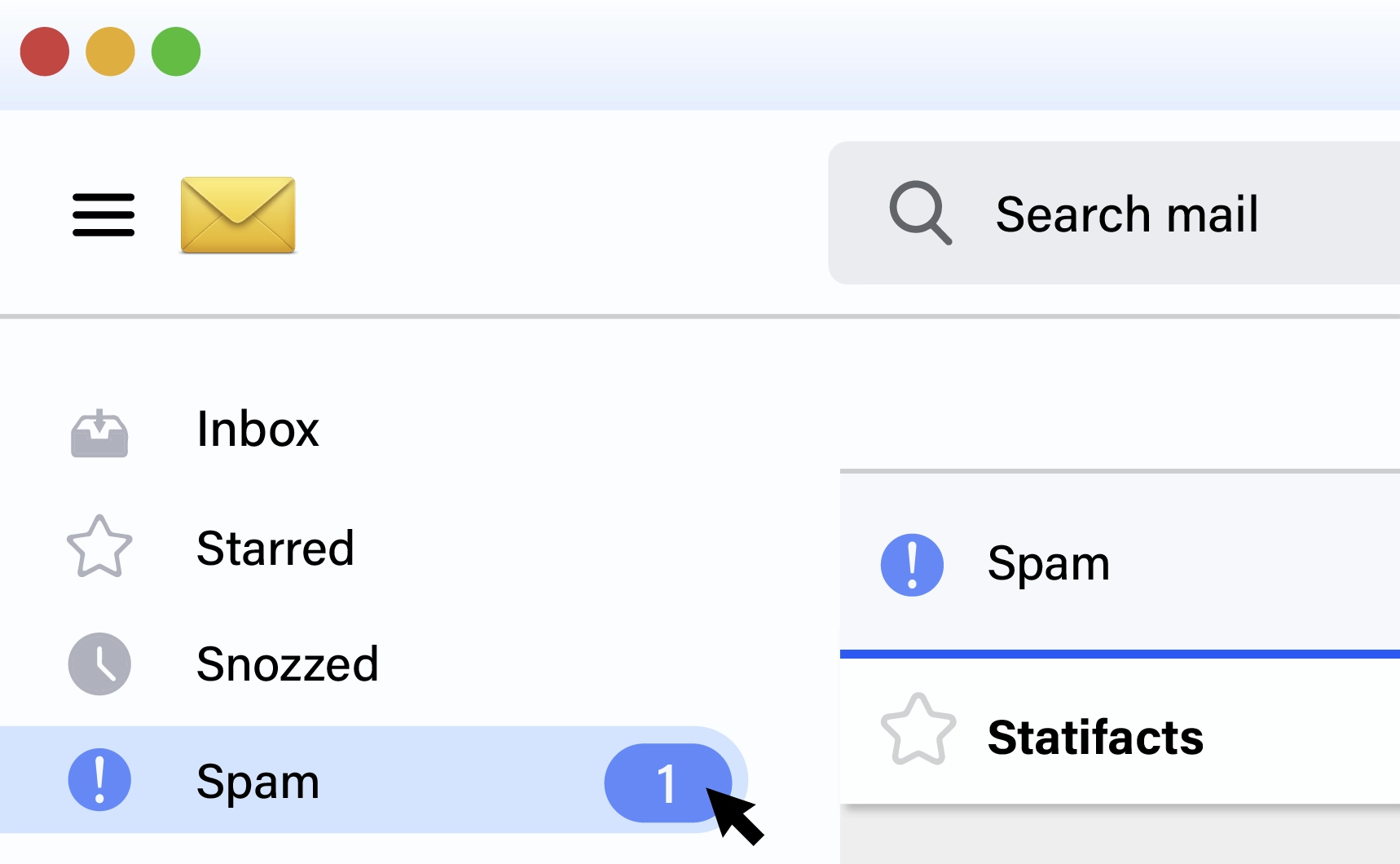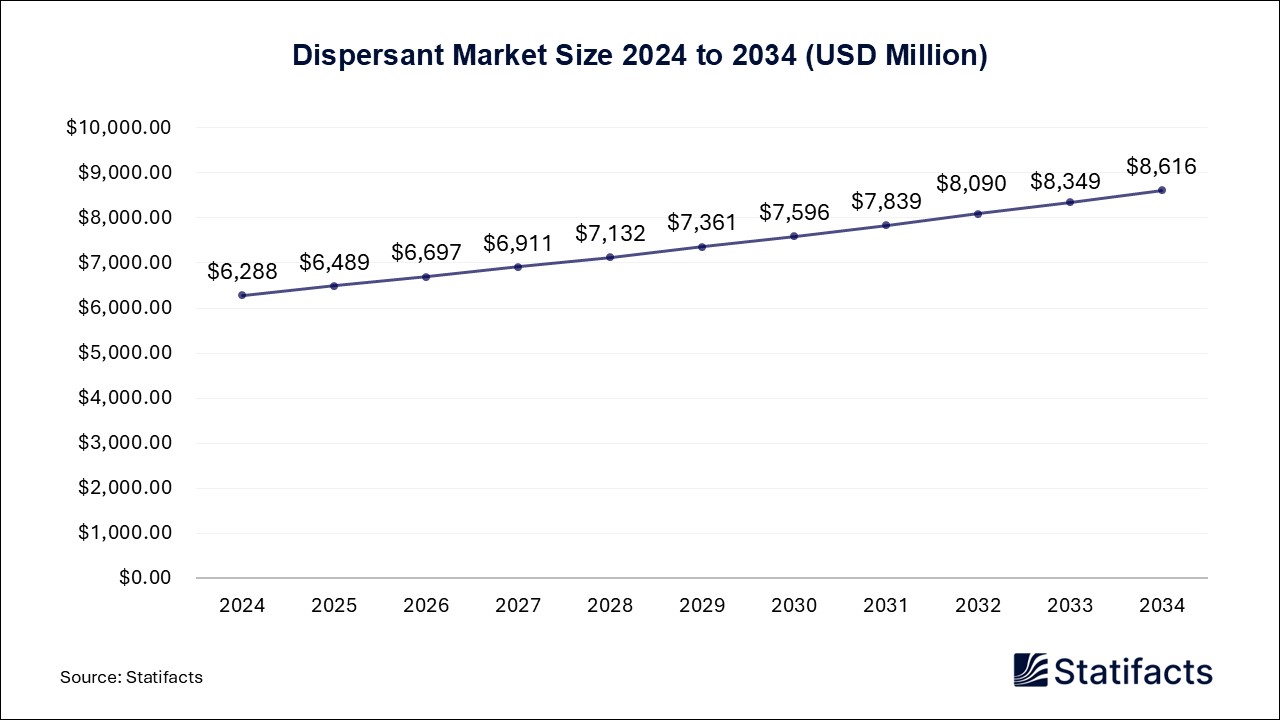
By clicking “Accept All Cookies” you agree to the storing of cookies on your device to enhance site navigation, analyze site usage, and assist in our marketing efforts.
Privacy PolicyRespiratory Monitoring Devices Market (By Type: Spirometry, Plethysmography, and IOS/FOT; By Application: Hospitals, Laboratories, and Home Use; By Region: North America, Europe, Asia Pacific, and LAMEA) Industry Size, Share, Growth, Trends 2025 to 2034
The global respiratory monitoring devices market size was valued at USD 16.58 billion in 2024, is projected to reach approximately USD 35.47 billion by 2034. This growth, fueled by rising respiratory disease prevalence and advancements in home healthcare technologies, is expected at a CAGR of 7.9%.
| Reports Attributes | Statistics |
| Market Size in 2024 | USD 16.58 Billion |
| Market Size in 2025 | USD 17.89 Billion |
| Market Size in 2031 | USD 28.23 Billion |
| Market Size by 2034 | USD 35.47 Billion |
| CAGR 2025 to 2034 | 7.9% |
| Base Year | 2024 |
| Forecast Period | 2025 to 2034 |
The respiratory monitoring devices market is growing steadily as respiratory diseases become more common and healthcare providers focus on early diagnosis and continuous monitoring. These devices are used to assess and track the respiratory health of patients in hospitals, clinics, and increasingly in home-care environments. The main product categories in the market include pulse oximeters, spirometers, capnographs, respiratory gas analyzers, and wearable respiratory monitoring systems. Each of these tools plays a vital role in managing patients with acute and chronic respiratory conditions.
Pulse oximeters currently dominate the market because they are non-invasive, easy to use, and widely available in clinical settings. They are a standard part of patient monitoring in hospitals and are also commonly used during surgeries, intensive care, and emergency medical transport. However, wearable and home-based monitoring devices represent the fastest-growing segment of the market. The increasing use of remote patient monitoring systems is allowing individuals to manage chronic conditions from home, reducing the need for frequent hospital visits while maintaining accurate, real-time data collection.
The demand for reliable respiratory monitoring has increased sharply due to the growing prevalence of conditions such as Chronic Obstructive Pulmonary Disease (COPD), asthma, and sleep apnea, as well as the long-term effects of respiratory infections. Hospitals and clinics are now focusing more on preventive healthcare models to reduce complications and improve patient outcomes. Advanced respiratory monitoring systems help medical professionals identify early warning signs, manage disease progression, and provide timely interventions.
North America remains the dominant market, driven by its advanced healthcare infrastructure, high healthcare expenditure, and strong adoption of digital health technologies. The region’s early implementation of telehealth and connected monitoring systems has further strengthened its position. Europe follows closely with steady technological integration and government initiatives to promote remote patient care. The Asia-Pacific region is expected to be the fastest-growing market in the coming years. This growth is being fueled by rising respiratory disease prevalence, increased healthcare spending, and favorable government policies supporting digital healthcare adoption.
Despite the positive outlook, the respiratory monitoring devices market faces several challenges. High device prices, complex regulatory frameworks, data privacy concerns, and a lack of interoperability between systems continue to affect the market’s expansion. Many developing countries also struggle with limited access to advanced medical technologies, which slows down the adoption of digital respiratory monitoring tools.
The integration of artificial intelligence and advanced analytics is transforming the respiratory monitoring devices market. AI-based monitoring systems are now capable of analyzing real-time patient data to detect signs of respiratory distress, predict deterioration, and issue alerts more accurately. By reducing false alarms and automating analysis, AI helps relieve the burden on healthcare staff and improves response times. The combination of wearable sensors, cloud computing, and telehealth platforms is making continuous remote monitoring more efficient and accessible.
As AI and connectivity become standard features, respiratory monitoring is moving toward a proactive, data-driven model of care. These innovations are improving patient outcomes, enabling faster decision-making, and paving the way for personalized respiratory management across hospitals, clinics, and home-care environments worldwide.
| Regions | Shares (%) |
| North America | 35% |
| Asia Pacific | 25% |
| Europe | 30% |
| LAMEA | 10% |
| Segments | Shares (%) |
| Spirometry | 50% |
| Plethysmography | 35% |
| IOS/FOT | 15% |
| Segments | Shares (%) |
| Hospitals | 50% |
| Laboratories | 25% |
| Home Use | 25% |
Published by Kesiya Chacko
| Type | 2024 | 2025 | 2026 | 2027 | 2028 | 2029 | 2030 | 2031 | 2032 | 2033 | 2034 |
|---|---|---|---|---|---|---|---|---|---|---|---|
| Spirometry | 8.29 | 8.91 | 9.57 | 10.29 | 11.06 | 11.88 | 12.77 | 13.72 | 14.74 | 15.84 | 17.02 |
| Plethysmography | 5.80 | 6.28 | 6.79 | 7.35 | 7.95 | 8.61 | 9.31 | 10.08 | 10.90 | 11.80 | 12.77 |
| IOS/FOT | 2.49 | 2.70 | 2.94 | 3.19 | 3.46 | 3.76 | 4.08 | 4.43 | 4.82 | 5.23 | 5.67 |
| Application | 2024 | 2025 | 2026 | 2027 | 2028 | 2029 | 2030 | 2031 | 2032 | 2033 | 2034 |
|---|---|---|---|---|---|---|---|---|---|---|---|
| Hospitals | 8.29 | 8.91 | 9.57 | 10.29 | 11.06 | 11.88 | 12.77 | 13.72 | 14.74 | 15.84 | 17.02 |
| Laboratories | 4.14 | 4.45 | 4.79 | 5.15 | 5.53 | 5.94 | 6.38 | 6.86 | 7.37 | 7.92 | 8.51 |
| Home Use | 4.15 | 4.53 | 4.94 | 5.39 | 5.88 | 6.43 | 7.01 | 7.65 | 8.35 | 9.11 | 9.93 |
| Region | 2024 | 2025 | 2026 | 2027 | 2028 | 2029 | 2030 | 2031 | 2032 | 2033 | 2034 |
|---|---|---|---|---|---|---|---|---|---|---|---|
| North America | 5.80 | 6.23 | 6.68 | 7.17 | 7.68 | 8.24 | 8.84 | 9.49 | 10.17 | 10.91 | 11.70 |
| Europe | 4.97 | 5.35 | 5.75 | 6.19 | 6.65 | 7.15 | 7.69 | 8.27 | 8.89 | 9.57 | 10.28 |
| Asia Pacific | 4.14 | 4.53 | 4.94 | 5.39 | 5.89 | 6.43 | 7.01 | 7.65 | 8.35 | 9.10 | 9.93 |
| LAMEA | 1.67 | 1.78 | 1.93 | 2.08 | 2.25 | 2.43 | 2.62 | 2.82 | 3.05 | 3.29 | 3.55 |
| Subsegment | 2024 | 2025 | 2026 | 2027 | 2028 | 2029 | 2030 | 2031 | 2032 | 2033 | 2034 |
|---|---|---|---|---|---|---|---|---|---|---|---|
| Spirometry | 8.29 | 8.91 | 9.57 | 10.29 | 11.06 | 11.88 | 12.77 | 13.72 | 14.74 | 15.84 | 17.02 |
| Plethysmography | 5.80 | 6.28 | 6.79 | 7.35 | 7.95 | 8.61 | 9.31 | 10.08 | 10.90 | 11.80 | 12.77 |
| IOS/FOT | 2.49 | 2.70 | 2.94 | 3.19 | 3.46 | 3.76 | 4.08 | 4.43 | 4.82 | 5.23 | 5.67 |
| Subsegment | 2024 | 2025 | 2026 | 2027 | 2028 | 2029 | 2030 | 2031 | 2032 | 2033 | 2034 |
|---|---|---|---|---|---|---|---|---|---|---|---|
| Hospitals | 8.29 | 8.91 | 9.57 | 10.29 | 11.06 | 11.88 | 12.77 | 13.72 | 14.74 | 15.84 | 17.02 |
| Laboratories | 4.14 | 4.45 | 4.79 | 5.15 | 5.53 | 5.94 | 6.38 | 6.86 | 7.37 | 7.92 | 8.51 |
| Home Use | 4.15 | 4.53 | 4.94 | 5.39 | 5.88 | 6.43 | 7.01 | 7.65 | 8.35 | 9.11 | 9.93 |
| Subsegment | 2024 | 2025 | 2026 | 2027 | 2028 | 2029 | 2030 | 2031 | 2032 | 2033 | 2034 |
|---|---|---|---|---|---|---|---|---|---|---|---|
| North America | 5.80 | 6.23 | 6.68 | 7.17 | 7.68 | 8.24 | 8.84 | 9.49 | 10.17 | 10.91 | 11.70 |
| Europe | 4.97 | 5.35 | 5.75 | 6.19 | 6.65 | 7.15 | 7.69 | 8.27 | 8.89 | 9.57 | 10.28 |
| Asia Pacific | 4.14 | 4.53 | 4.94 | 5.39 | 5.89 | 6.43 | 7.01 | 7.65 | 8.35 | 9.10 | 9.93 |
| LAMEA | 1.67 | 1.78 | 1.93 | 2.08 | 2.25 | 2.43 | 2.62 | 2.82 | 3.05 | 3.29 | 3.55 |
To get full access to our Market Insights, you need a Professional Account or a Business Suite.

You will receive an email from our Business Development Manager. Please be sure to check your SPAM/JUNK folder too.

You will receive an email from our Business Development Manager. Please be sure to check your SPAM/JUNK folder too.

Our customers work more efficiently and benefit from



